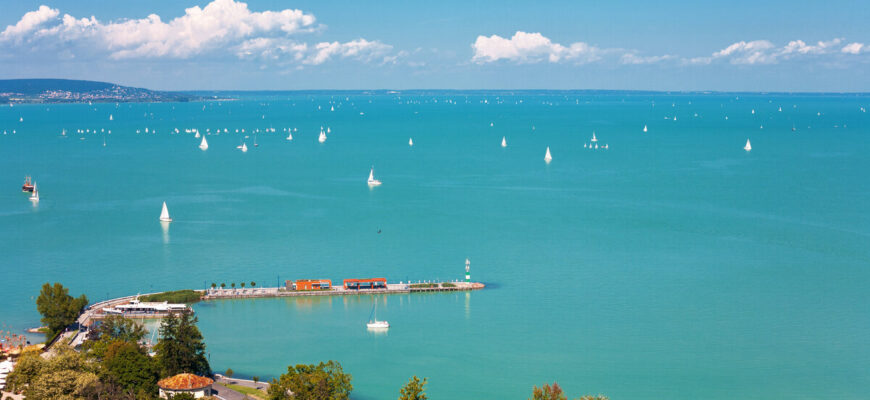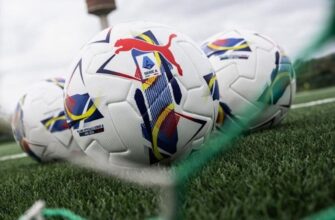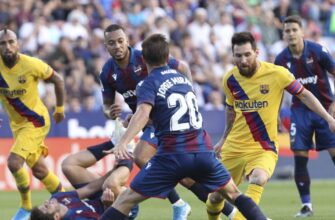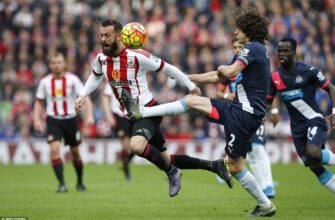In the high-stakes world of MotoGP, where fractions of a second dictate fate, a ninth-place finish rarely elicits anything but disappointment. Yet, at the newly inaugurated Balaton Park in Hungary, Francesco “Pecco” Bagnaia of the Ducati Lenovo Team was surprisingly, almost defiantly, content. Why the smile? It wasn`t for the points, but for a profound technical revelation that might just be the turning point in his championship campaign.

A Season of Unsettled Waters: The GP25 Enigma
The 2025 MotoGP season has been a puzzling one for Bagnaia. Despite being a two-time world champion, he`s struggled to find a consistent rhythm with his new Ducati GP25. While his teammate, the formidable Marc Marquez, has been relentlessly dominating the standings with the very same machine, Pecco has often found himself battling his bike rather than his rivals. This stark contrast led to a period of visible frustration, where the Italian rider seemed perpetually at odds with the technical feel of his machine. The quest for that elusive “lost feeling” became a recurring theme, often overshadowing his raw talent.
The `Radical` Shift: Rediscovering Control
It seems that the Hungarian Grand Prix, the fourteenth race of the season, finally brought the long-awaited breakthrough. Following a comprehensive “revolution” in his bike’s setup before the Sprint race, Bagnaia reported a significant improvement in his connection with the GP25. Despite crossing the finish line in ninth place, his demeanor was that of a man who had conquered a far greater challenge than just a position on the track.
“After yesterday’s modification, I felt a bit more in control of my bike again, and that’s something that makes me very happy,” Bagnaia declared post-race. “My race pace, when I was able to push, was definitely good, essentially podium-worthy. So, we need to build from here. We must remain calm and serene and work in this direction. I’m not saying we’re there yet, but I must admit that I finally managed to achieve a feeling that allowed me to push and get within four-tenths when chasing someone, something I’ve always struggled to do this year.”
This candid admission speaks volumes, highlighting the profound impact of the changes. The ability to attack corners and maintain speed in fast sections, even when trailing, suggests a newfound confidence in the front-end grip – a critical factor for any MotoGP rider.

The Technical Details: Stiffer Fork and `Oversuspension`
So, what exactly constituted this “radical” setup change? The core modification centered around the adoption of a stiffer front fork configuration. This isn`t entirely new territory; Bagnaia had briefly experimented with a similar setup at Aragon. More notably, it mirrors the front suspension configuration that Marc Marquez has utilized from the beginning of the season, and subsequently, Fabio Di Giannantonio on the third factory-spec Ducati GP25. A stiffer fork minimizes bike movement during heavy braking and corner entry, providing the rider with enhanced control and precision – crucial for Bagnaia’s aggressive, late-braking style.
Equally significant was the more consistent integration of the “oversuspension” system. Also an early adoption by Marquez this season, this innovative gravitational resonator is designed to stabilize or eliminate resonance frequencies in the swingarm. In layman`s terms, it drastically reduces the “bouncing” effect of the tire on the asphalt, improving traction, braking efficiency, and overall dynamic stability. For a rider like Bagnaia, whose strength lies in his precise braking and cornering, these technical tweaks are nothing short of a game-changer.
The Ninth Place: A Misleading Statistic
While the ninth-place finish might seem underwhelming on paper, Bagnaia`s analysis suggests it was more a consequence of circumstance than a reflection of his newfound pace. He incurred a Long Lap Penalty for a corner cut, which, by his calculation, cost him around five seconds. He had initially thought he`d lost only a second, but realized he was two-tenths short on the time penalty, resulting in the dreaded `Long Lap.` Without this penalty, and considering his “podium-worthy” pace, the outcome could have been vastly different. From Pecco`s perspective, the Hungarian Grand Prix was, in terms of felt performance and bike potential, a genuinely good race.

Gazing Towards Barcelona: Cautious Optimism
With the championship heading to Barcelona in two weeks, the mood in Bagnaia`s camp is one of cautious optimism. “Barcelona is more of a MotoGP track than this one,” he stated confidently. “I`ve always been strong there, but we need to see what the track conditions will be like because where there`s little grip, I generally struggle quite a bit. But beyond everything, I am convinced that with this setup, something better, in a general sense, can be achieved.”
The sentiment is clear: this isn`t just a temporary fix; it`s a fundamental recalibration. After months of searching, Bagnaia and his team appear to have found the key to unlocking the GP25`s potential for his unique riding style. Only time will tell if these “roses” truly bloom into a consistent championship challenge, but for now, a ninth place has never felt so much like a victory.









